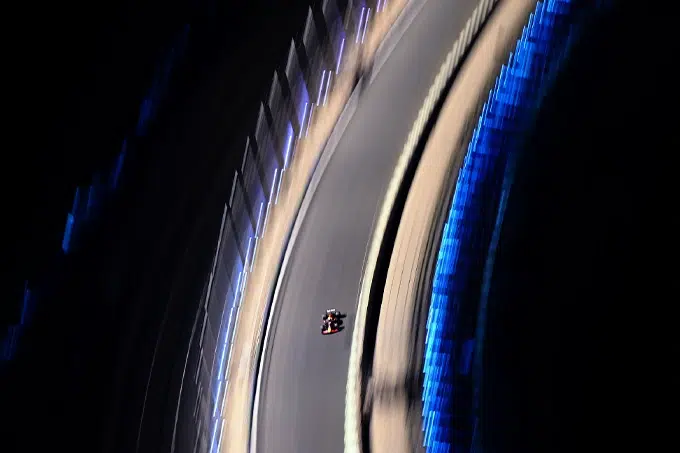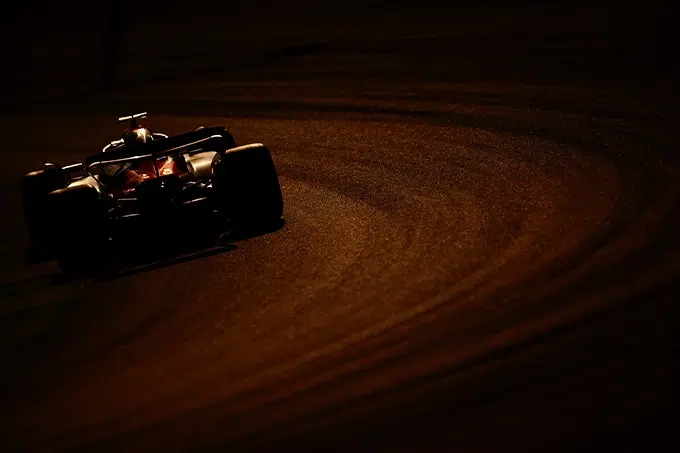General Motors’ delayed entry into Formula 1 has sparked fresh debates about the return of V10 and V8 engines by 2029.
In a recent official announcement, the FIA confirmed that General Motors (GM) will now enter Formula 1 as an engine supplier in 2029 instead of 2028. This delay has unexpectedly opened the door for a potential return of V10 or V8 engines to the sport.
Cadillac, GM’s F1 partner, has officially postponed its engine program for a year, moving its commitment to 2029. This new timeline aligns with the motorsport industry’s ongoing discussions about the future of F1 engines. In particular, it falls within the period set during the engine manufacturers’ meeting, where the possibility of revisiting engine regulations for 2026 was explored.
This delay is significant because 2029 is a key year in F1’s engine plans. The FIA views it as a potential turning point when the sport could move away from hybrid turbo V6 engines in favor of simpler and more cost-effective alternatives like V8s or V10s. The idea is to make the engine technology more accessible while maintaining sustainability through the use of fully renewable fuels.
A central component of the 2029 or 2031 engine proposal is the shift in power distribution. The current 50/50 split between thermal engine power and battery energy could evolve to a more dominant 90/10 split in favor of the traditional combustion engine, reducing reliance on electric power.
During recent meetings, there was strong consensus to ensure the success of the 2026 engine regulations. However, the possibility of revisiting these regulations in 2029 remains on the table, especially if the 2026 rule changes encounter significant challenges.
Given that no major changes are expected before 2028, GM’s engagement as an engine supplier in that year would have seemed somewhat redundant if the V6 turbo-hybrid engines were to be phased out by then.
Additionally, the F1 Commission is already preparing for new discussions aimed at potentially reducing the usable electric power in races for 2026. Many teams are struggling to maintain the 50/50 power balance during races, and this proposed change could have major implications for the sport’s future engine design.
This proposal, backed by Red Bull and Ferrari, is unlikely to receive support from Mercedes. If the Mercedes engine customers (Williams and Alpine) align with their supplier’s stance, the proposal may very well face rejection.
The future of F1 engines looks more uncertain and exciting than ever, with 2029 shaping up to be a critical year for a major shift in the sport’s technological landscape.

- Discover More>Williams F1 Uses Singapore-Inspired Strategy to Defend in Jeddah
- Follow us on >FACEBOOK and >TWITTERfor F1 update
Why the Delay of GM’s Arrival in F1 Could Pave the Way for a V10 Comeback Why the Delay of GM’s Arrival in F1 Could Pave the Way for a V10 Comeback
